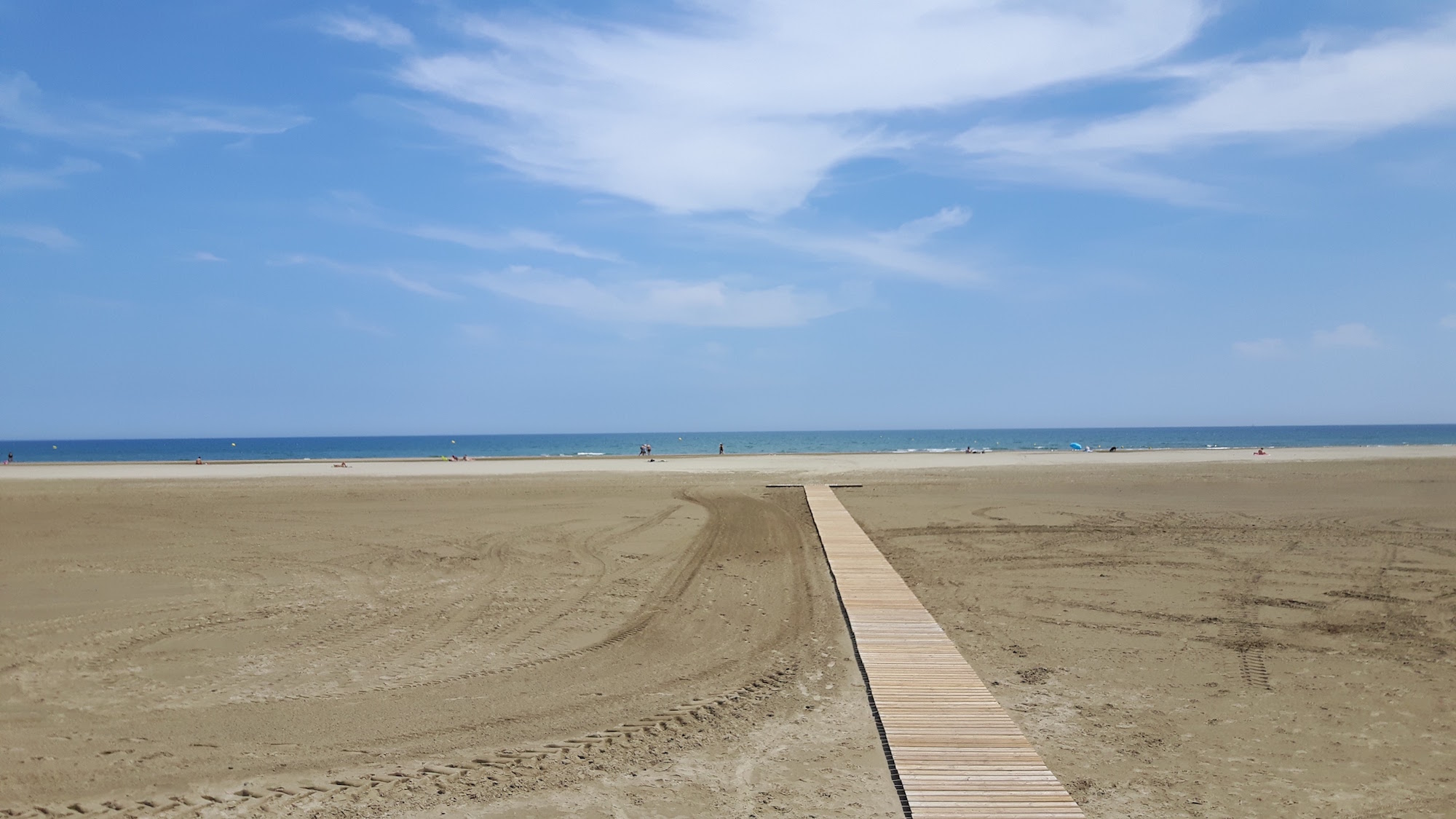
Installing MongoDB on OS/X
by bernt & torsten
Install MongoDB
You can install MongoDB with Homebrew or manually. This section describes how to install with Homebrew.
Install MongoDB with Homebrew
Homebrew installs binary packages based on published “formulae.” This section describes how to update brew to the latest packages and install MongoDB. Homebrew requires some initial setup and configuration, which is beyond the scope of this document.
Update Homebrew’s package database.
In a system shell, issue the following command:
brew update
Install MongoDB.
You can install MongoDB with brew with several different options. Use one of the following operations:
Install the MongoDB Binaries
To install the MongoDB binaries, issue the following command in a system shell:
brew install mongodb
Build MongoDB from Source with SSL Support
To build MongoDB from the source files and include SSL support, issue the following from a system shell:
brew install mongodb --with-openssl
Install the Latest Development Release of MongoDB
To install the latest development release for use in testing and development, issue the following command in a system shell:
brew install mongodb --devel
Make sure that the OS X user that will run the server has write access to /data/db.
Now all you need to do is start the mongod server.
tzetterl$ mongod &
The ampersand after the command above will detach MongoDB from the terminal. The output from the command above should be something like this:
tzetterl$ mongod --help for help and startup options
Sat Oct 11 13:09:54.109 [initandlisten] MongoDB starting : pid=88491 port=27017 dbpath=/data/db/ 64-bit host=C02N519FG5RK
Sat Oct 11 13:09:54.110 [initandlisten] db version v2.4.8
Sat Oct 11 13:09:54.110 [initandlisten] git version: a350fc38922fbda2cec8d5dd842237b904eafc14
Sat Oct 11 13:09:54.110 [initandlisten] build info: Darwin bs-osx-106-x86-64-2.10gen.cc 10.8.0 Darwin Kernel Version 10.8.0: Tue Jun 7 16:32:41 PDT 2011; root:xnu-1504.15.3~1/RELEASE_X86_64 x86_64 BOOST_LIB_VERSION=1_49
Sat Oct 11 13:09:54.110 [initandlisten] allocator: system
Sat Oct 11 13:09:54.110 [initandlisten] options: {}
Sat Oct 11 13:09:54.119 [initandlisten] journal dir=/data/db/journal
Sat Oct 11 13:09:54.119 [initandlisten] recover begin
Sat Oct 11 13:09:54.120 [initandlisten] recover lsn: 275971
Sat Oct 11 13:09:54.120 [initandlisten] recover /data/db/journal/j._0
Sat Oct 11 13:09:54.121 [initandlisten] recover skipping application of section seq:0 < lsn:275971
Sat Oct 11 13:09:54.121 [initandlisten] recover skipping application of section seq:165721 < lsn:275971
Sat Oct 11 13:09:54.121 [initandlisten] recover skipping application of section seq:220831 < lsn:275971
Sat Oct 11 13:09:54.122 [initandlisten] recover cleaning up
Sat Oct 11 13:09:54.122 [initandlisten] removeJournalFiles
Sat Oct 11 13:09:54.123 [initandlisten] recover done
Sat Oct 11 13:09:54.166 [websvr] admin web console waiting for connections on port 28017
Sat Oct 11 13:09:54.166 [initandlisten] waiting for connections on port 27017
It should now be running. You can test your new database using the mongo command-line client. Here’s an example:
tzetterl$ mongo
MongoDB shell version: 2.4.8
connecting to: test
Sat Oct 11 13:12:39.284 [initandlisten] connection accepted from 127.0.0.1:52632 #1 (1 connection now open)
>
The list line (>) is the Mongo client’s prompt. we can type in commands there:
> help
db.help() help on db methods
db.mycoll.help() help on collection methods
sh.help() sharding helpers
rs.help() replica set helpers
help admin administrative help
help connect connecting to a db help
help keys key shortcuts
help misc misc things to know
help mr mapreduce
show dbs show database names
show collections show collections in current database
show users show users in current database
show profile show most recent system.profile entries with time >= 1ms
show logs show the accessible logger names
show log [name] prints out the last segment of log in memory, ‘global’ is default
use set current database
db.foo.find() list objects in collection foo
db.foo.find( { a : 1 } ) list objects in foo where a == 1
its result of the last line evaluated; use to further iterate
DBQuery.shellBatchSize = x set default number of items to display on shell
exit quit the mongo shell
Let’s see what databases are created by default:
> show dbs
local 0.078125GB
mydb 0.203125GB
By default, we are using the test database.
Creating Some Basic Data in MongoDB
The main MongoDB Quick Start guide provides information on how to get started, you can find the details here.
From here, you may want to go on and learn more about the MongoDB query language in the online docs (http://www.mongodb.org/display/DOCS/Developer+Zone).

Tech Disillusionment
For four decades, I have worked in the tech industry. I started in the 1980s when computing...

A Poem: The Consultant's Message
On a Friday, cold and gray,
The message came, sharp as steel,
Not from those we...

Using AI to Plan Wall Repair and Gutter Installation
In this article, I will share my experience using AI to plan the work required to fix a wall...